Fabbrica, nestled in the gentle hills of Tuscany, constitutes a picturesque hamlet of the Municipality of Peccioli, in the province of Pisa.
Discovering Fabbrica
The toponym probably refers to the construction (factory) of the Romanesque parish church which, since the 10th century, must have involved a considerable part of the local population.Its elevated position on the right bank of the River Era, facing the confluence with the Sterza stream, offers breathtaking views. It is a crossroads of ancient roads, including the Maremmana route to San Vivaldo and the Maremmana from Pontedera, winding through medieval villages such as La Sterza, Lajatico, Iano, Cedri, and Montelopio.
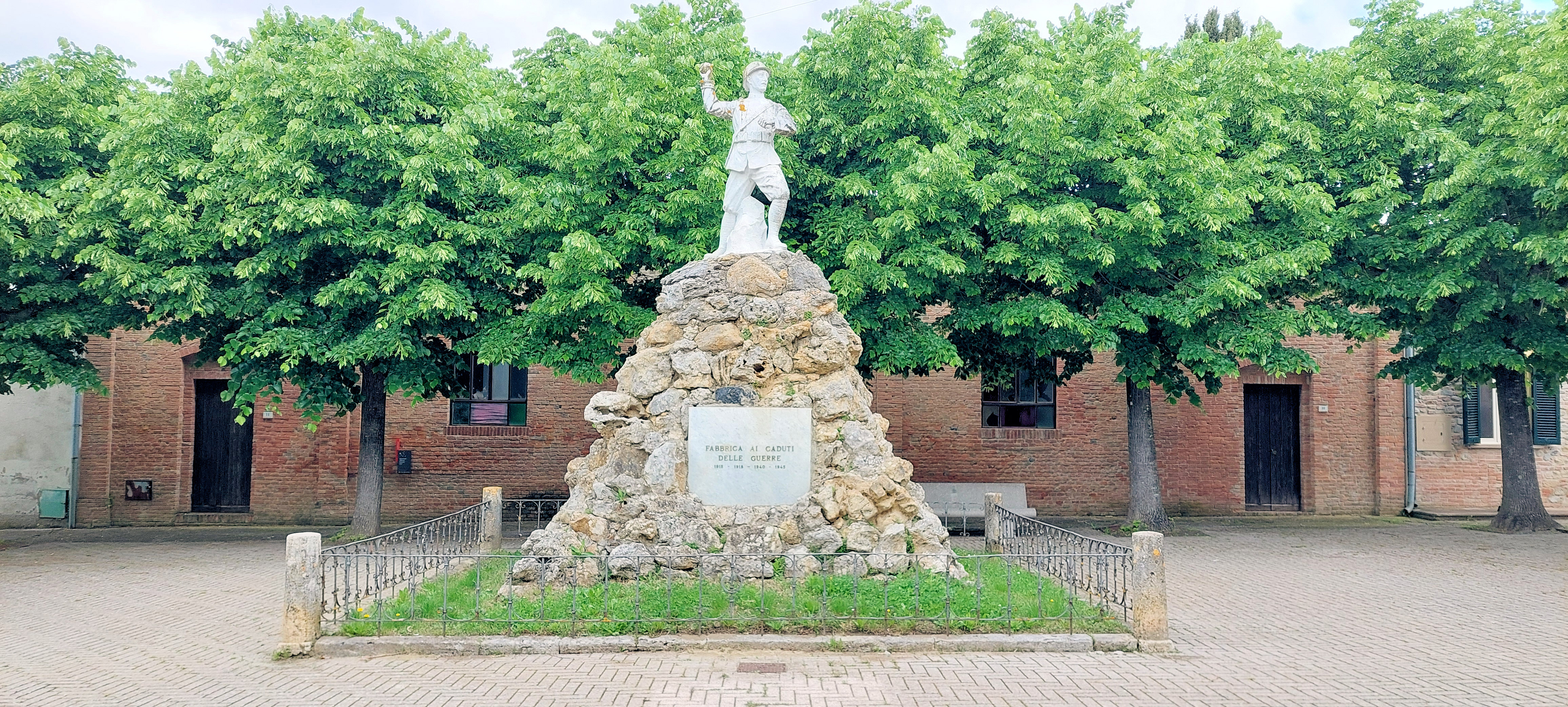
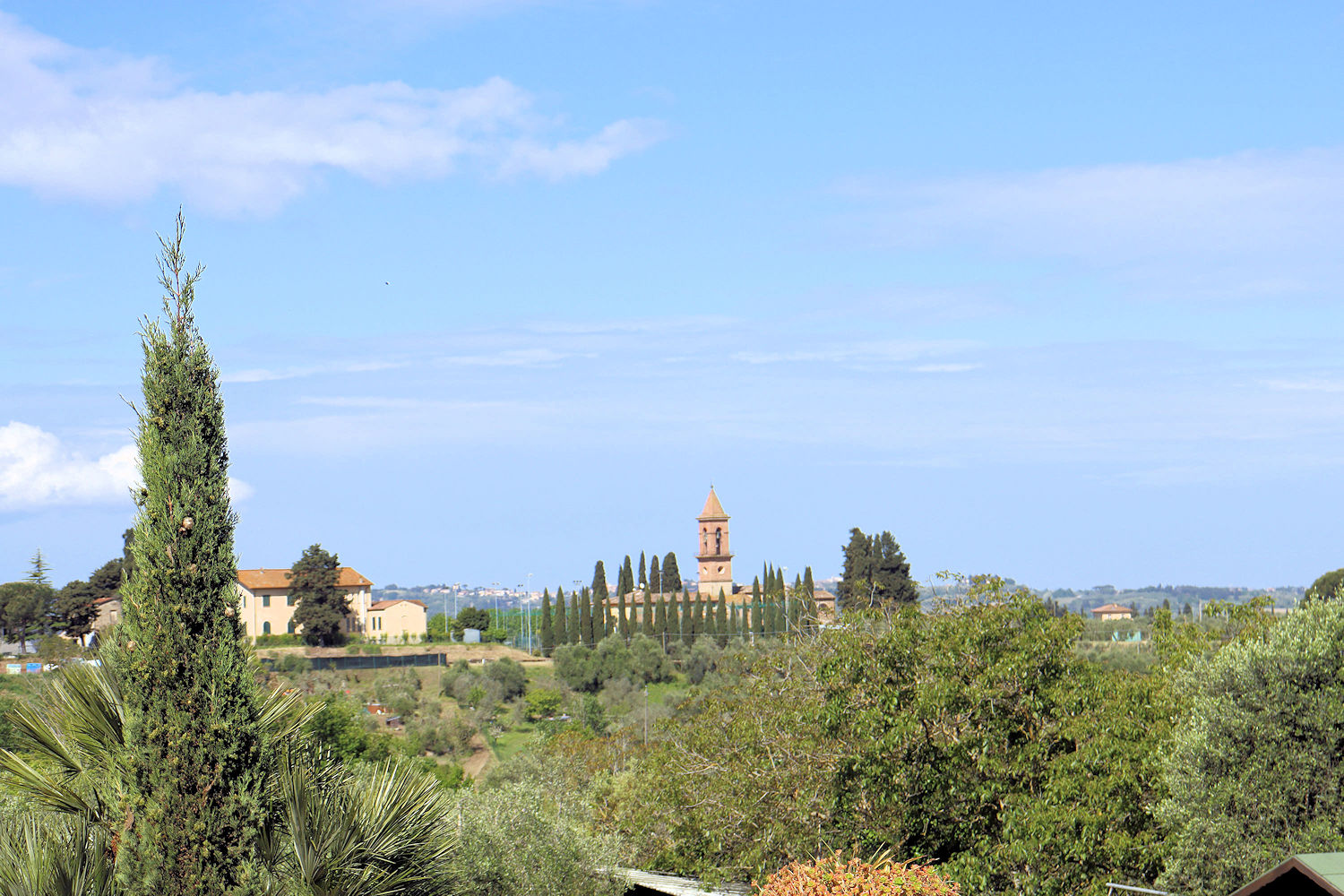
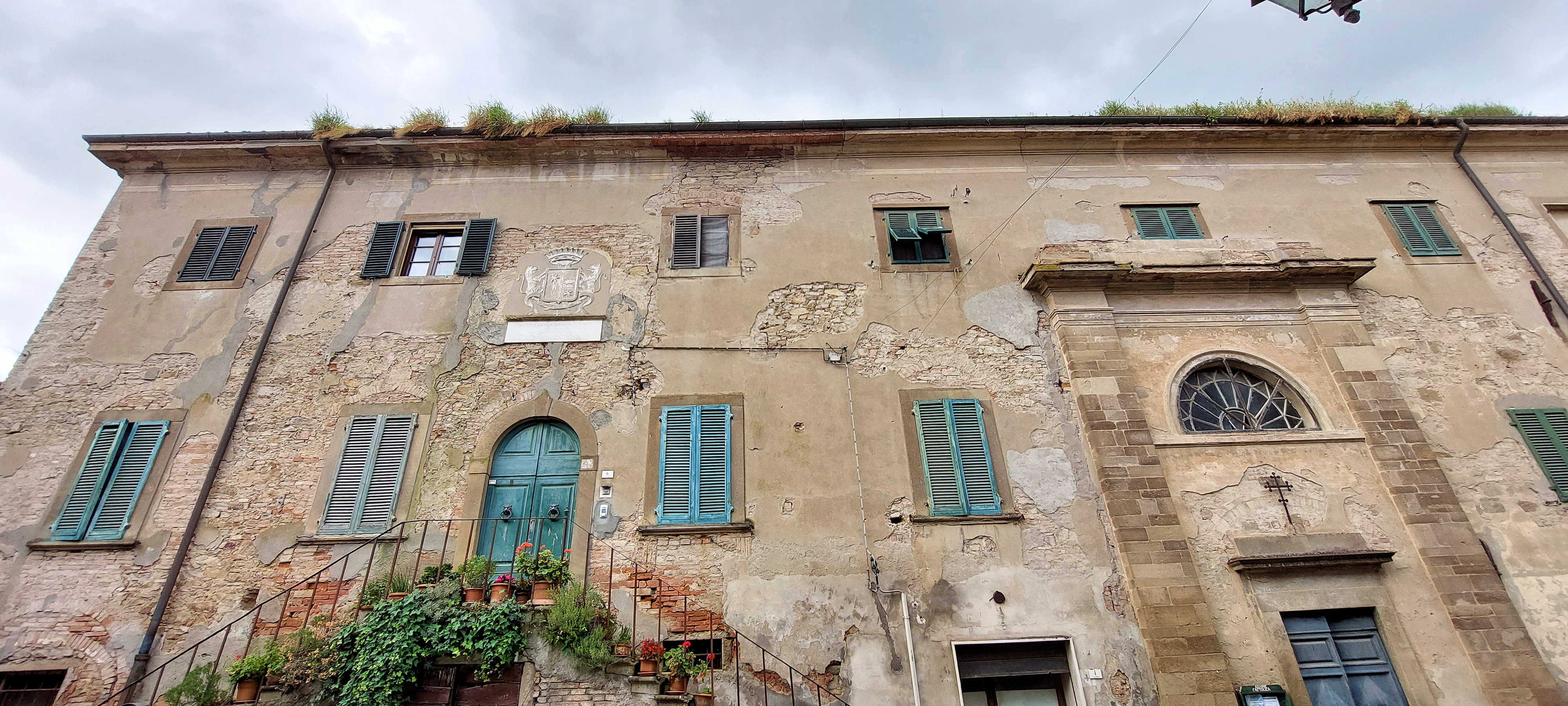
Journey into the Past: the History of Fabbrica
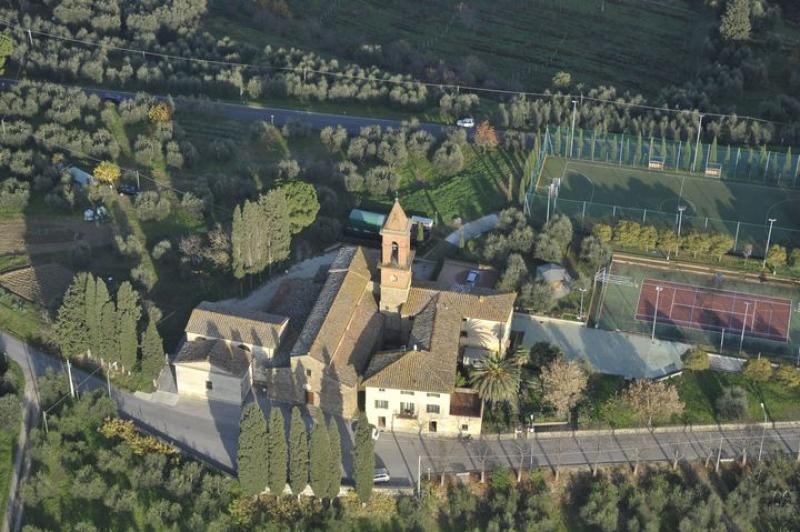
Fabbrica, an ancient possession of the Diocese of Volterra, saw its walls withstand the shocks of historical events. In 1163, the army of the maritime Republic of Pisa, commanded by Ranieri Gaetani, conquered it, thus tying the fate of the place to the powerful Gaetani family. In the thirteenth century, the family erected a sturdy fortress with four towers and an imposing keep, symbols of power and defense. After the alternating events of the struggle between the maritime Republic of Pisa and the emerging Florentine power, the latter in 1406 conquered the dominion of Pisa and this hilly part of Tuscany. To prevent the ancient castle of Fabbrica from serving as a bulwark against a potential revolt of the local people, in 1450 the towers of the fortress were demolished and the resulting materials reused for dwellings.Over the centuries, Fabbrica passed through different noble families who administered the territory, from the Gaetani to the Ricciardi, to the Rosselli del Turco, who made Fabbrica their summer retreat. Evidence of this passage is the noble palace at the crossroads of Fabbrica, which with its austere facade with a double staircase and noble coat of arms, incorporating a palace chapel, recalls the times when the great families of Florence spent their summers of leisure and hunting in the area.The dwellings in the area reflect this prosperity, which, combined with an ancient and elegant loggia for the fountain and the alleyways in the upper part of the village that retain the ancient medieval atmosphere, make this hamlet of the municipality of Peccioli a perfectly preserved architectural testimony. Among the architectural gems of Fabbrica stands out the Parish Church of Santa Maria Assunta, a testament to ancient devotion and artistic mastery of the past. Its walls enclose centuries of history, and although modernized in 1833, they retain the charm of ancient architecture.The parish church was once the mother church of numerous parishes, now united in two, including San Martino in Montelopio and Santa Lucia in Montecchio. These places of worship are guardians of age-old traditions, nestled in a landscape imbued with sacredness and beauty.From Fabbrica, the gaze is lost among the gentle curves of the Tuscan hills, while the soul surrenders to the contemplation of a past rich in charm and timeless beauty.
The Parish Church of Fabbricaa
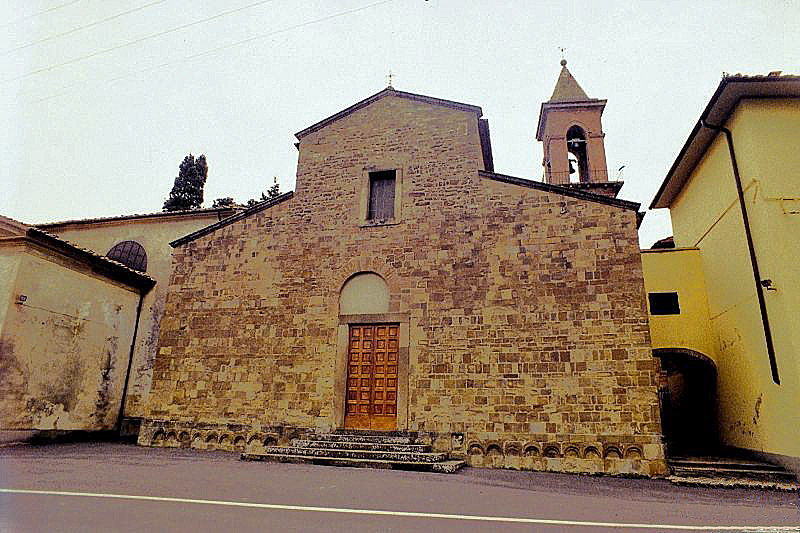
The Parish Church of Fabbrica, overlooking the heart of the Tuscan community, represents a monument to the history, faith, and millennia-old art of the region. The term "Pieve" evokes ancient traditions, indicating the main church of a territory, a symbol of cohesion and spirituality for the entire region. The Pieve of Fabbrica, with ancient origins, stands as a beacon of faith and culture, a witness to centuries of history and devotion. Its walls, dating back to at least the 10th century, tell stories of past epochs and architectural evolution over the centuries. In Romanesque style, the parish church has undergone multiple transformations over time, preserving its charm and importance to the community intact. The evidence of these transformations is immediately evident on the facade, which has the central archway offset by a few tens of centimeters from the entrance portal. The orientation of the apse towards the east, following the tradition of the oldest Christian churches, to pray towards Christ "the rising sun". The centuries-old frescoes adorning the choir vault transport the visitor on a journey through time, while Renaissance and Baroque artworks adorn the altars and walls of the church, testifying to the devotion and generosity of influential families of the time. Among the most valuable works, the magnificent Altarpiece of the central altar stands out, a masterpiece in glazed terracotta from the workshop of Della Robbia, commissioned in 1505 by Bartolomeo Gaetani to Benedetto Buglioni, a renowned Florentine sculptor. This extraordinary work is embellished with images of St. John the Baptist and St. Bartholomew, the nativity of Jesus, and angels, decorated with detailed fruit and leaf ornaments, typical of the Robbian school. The commissioning of this work represents a significant moment in the artistic history of the region, testifying to the artistic and religious fervor of the Tuscan Renaissance. At the center of the Altar stands a magnificent crucifix, attributed to Giambologna, the pseudonym of Jean de Boulogne, one of the greatest sculptors of Flemish Mannerism, active in Florence in the 16th century. His work, characterized by extraordinary technical mastery and intense artistic expression, bestows upon the church of Fabbrica an aura of sacredness and timeless beauty. There is also a majestic painting of the Last Supper, a work by the painter and sculptor Paolo Guidotti, known as il Cavalier Borghese, born in 1560. He is a representative of Roman Mannerism and was significantly influenced by Caravaggio (play of light and shadow). He was called Cavalier Borghese because he was honored for his work by Pope Paul V Borghese with the honorary title of knight of the Militia of Christ. The same pontiff, in addition to the honor, wanted to grant the artist the privilege of adding the Borghese surname to his own. In 1615 he worked in Pisa for the Cathedral and for the Camposanto and precisely in the Pisan territory. In the left nave, above the Altar with the Tabernacle, we find another work of extraordinary beauty: a bas-relief depicting the Virgin Mary on the throne, created by the sculptor from Volterra M. Bertini in 1952, after the church's restoration. This work, with its grace and delicacy, enchants the faithful and visitors alike, conveying a sense of peace and spirituality. The frescoes adorning the choir vault, dating back to 1905, narrate biblical and religious stories, among which stands out the Assumption of the Virgin Mary, the patroness of the church of Fabbrica, and the representations of the four Evangelists: St. John, St. Matthew, St. Mark, and St. Luke. These sacred artworks, with their beauty and artistic mastery, transport the visitor on a spiritual journey through the centuries, testifying to the deep devotion of the Fabbrica community to their faith. The church of Fabbrica, with its artworks and its millennia-old history, continues to be a place of meeting and prayer for the local community and visitors, testifying to the deep devotion and rich cultural heritage of Tuscany. The parish of Santa Maria Assunta, inserted in the Diocese of Volterra, which gave birth to St. Linus, the first pope after the Apostle Peter; jealously guarding the spiritual treasure inherited from past generations.
Chapel of San Rocco"
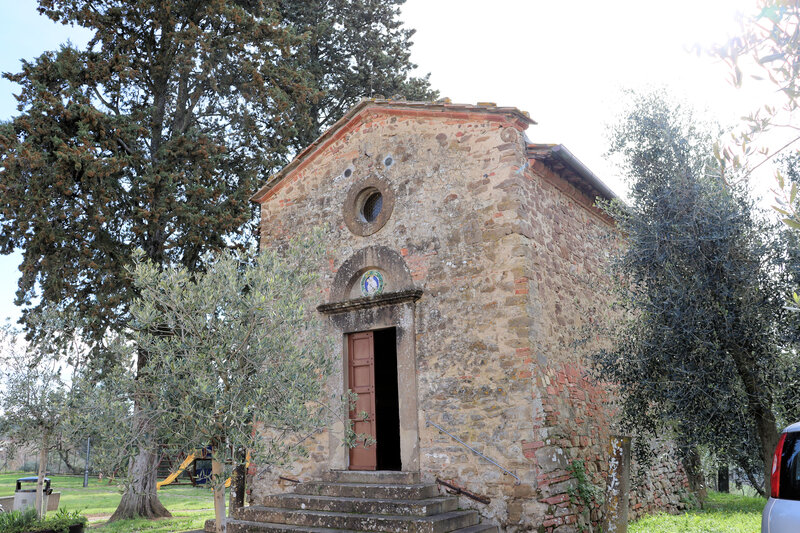
In V. Veneto street, in the village, lies the charming Sanctuary of Madonna del Latte, also known as the Chapel of Saints Rocco and Sebastian. Recently restored, it houses a fifteenth-century sculpture depicting the Madonna breastfeeding the Baby Jesus. This image, beloved by the inhabitants of the village, is particularly revered in the month of May. It is prayed to by couples seeking children, by pregnant women, and during the breastfeeding period. The bell was on the castle tower until the earthquake of 1846, from which it fell without breaking. Placed on this chapel since then, it has rung not only for liturgical celebrations but also in dangerous situations to protect the village. Until a few years ago, it was rung upon the arrival of threatening storms to protect the countryside. Additionally, during the difficult months of the Covid-19 pandemic, it was rung every Sunday at noon for comfort and protection over the village. Recently, the Chapel of San Rocco has been embellished with a wrought-iron altar cover with leaf motifs, new modern benches, and all the frescoes have been restored.



